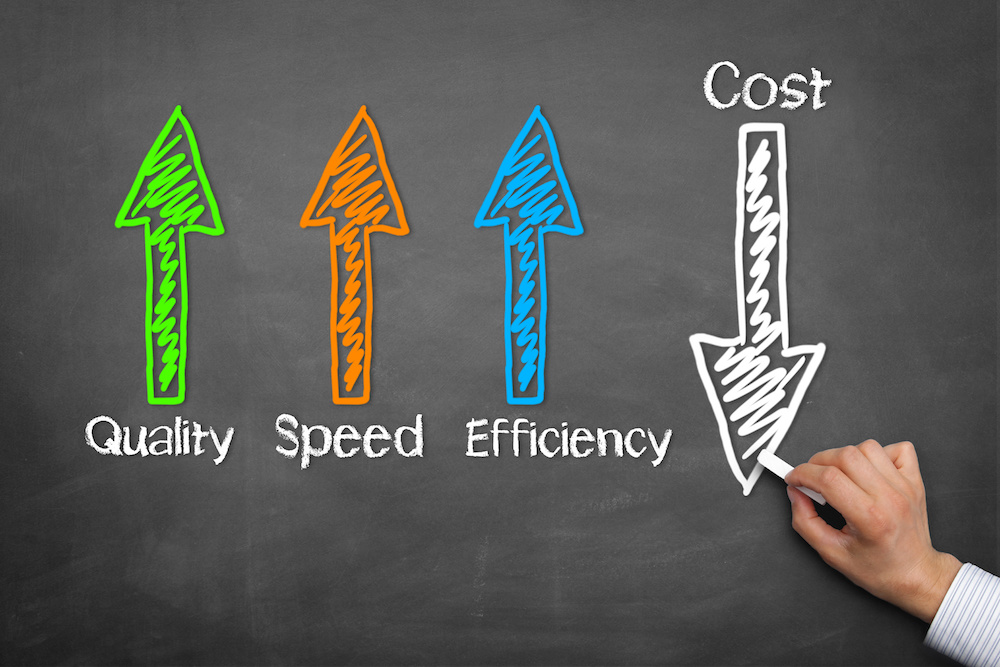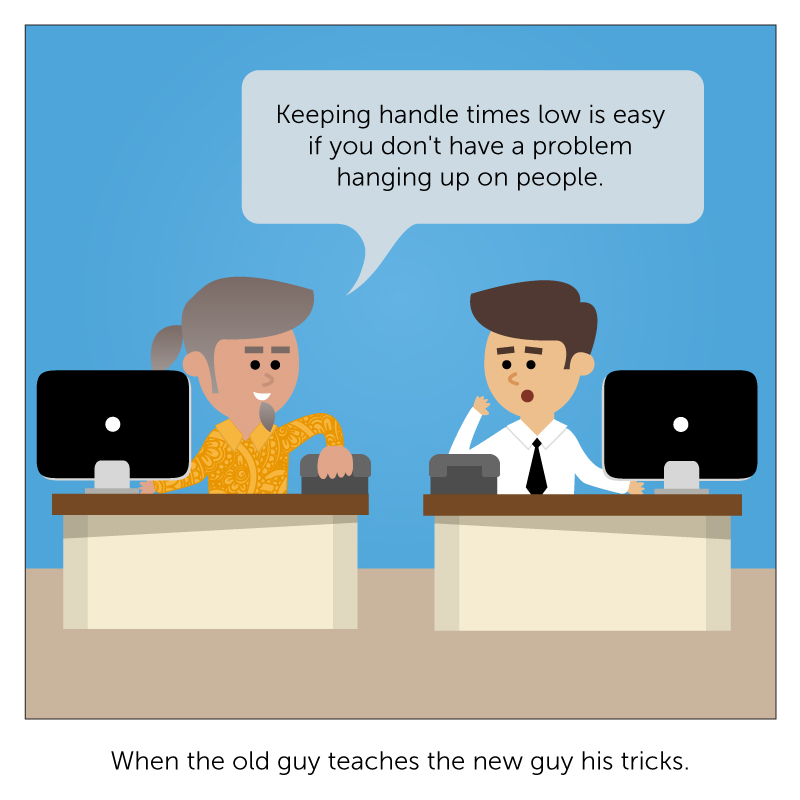During a highly anticipated announcement yesterday, Apple met consumer expectations and confirmed that the new iPhone 6 will be released with NFC (near-field communication) technology. This means that in addition to admiring a beautiful new design, iPhone users all over the world can now easily make in-store payments, straight from their smartphones. As the iPhone continues to roll out new features like NFC that connect devices and data, contact centers also need to recognize the importance of incorporating data across multiple touch points into their customer interactions.
For contact centers, the growth of new technologies means we have more customer data available through more channels than ever before. However, this is only an advantage if we know how to properly make use of growing customer interaction channels.
In the multichannel contact center, how can we remain competitive while continuing to keep our customers engaged? Here are my four tips for how your contact center can stay on top of the multichannel customer trend:
1. Meet your customers where they are
The first step in using a multichannel world to your advantage is knowing which channels your customers use to contact you. According to a survey conducted earlier this year by research firm Ventana Research, businesses communicate with customers through seven to eight different communication channels, on average. If, for example, your customers are millennials that are heavy Twitter users, you should be sure that social is among your customer engagement channels, in addition to more traditional channels such as phone and email.
2. Connect the data you collect
Contact centers have no shortage of customer data. When it comes to making data work for you, the problem generally lies in connecting siloed data that is stored across multiple systems. In a omni-channel contact center world, you must devise a way to connect all of your customer data so that you can gather a holistic view of who your customer is, how they have contacted you in the past, which agent(s) they interacted with and what the final result of their interaction was.
3. Apply data analytics
While it is important that contact centers have access to new channels and sources of customer information, it is even more critical that they can effectively analyze customer data, in order to optimize engagements between customers and call center agents. By integrating a unified contact center analytics system into the contact center, companies can identify customer issues and pair callers with the best agents to handle them. The right analytics will also help contact center managers to improve efficiency, boost customer retention, increase revenues and grow effectiveness of customer-agent interactions.
4. Utilize predictive customer engagement analytics
Once you have analyzed the customer data that comes in from multiple sources in your contact center, the next step is to apply predictive models that will help anticipate not only the behavior of your customers, but also the behavior of your agents as they respond to customer issues. Predictive analytics will help you to assess each agent’s skills, analyze that against past performance and then use this information to match them with the customer issues they handle best.
Apple’s iPhone 6 has been generating a lot of excitement since the news of its release yesterday, and it’s safe to say that consumers will quickly begin taking advantage of its new NFC capabilities. With that in mind, the pressure is on for businesses to ensure that their contact centers are well equipped to handle this and other new sources of customer information, and integrating a strategy to respond to multichannel customer interaction is a must.







